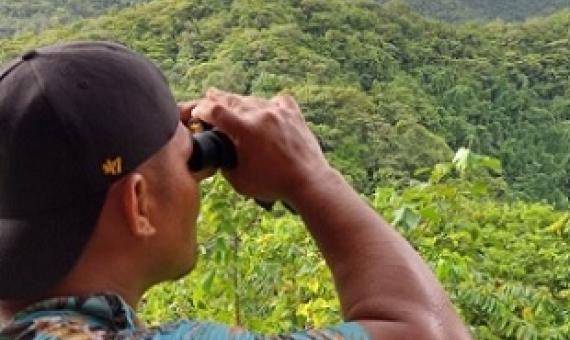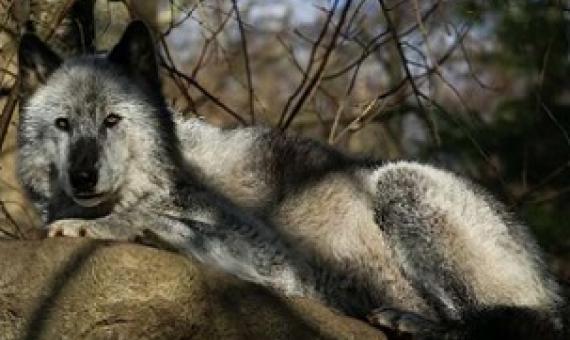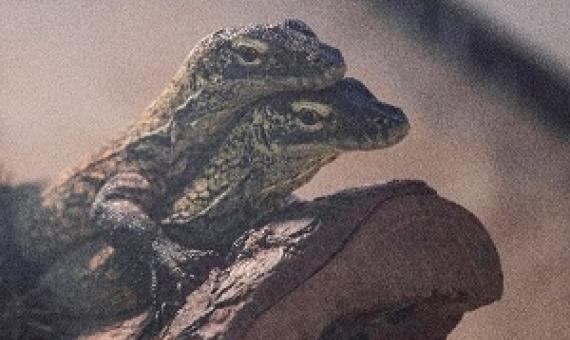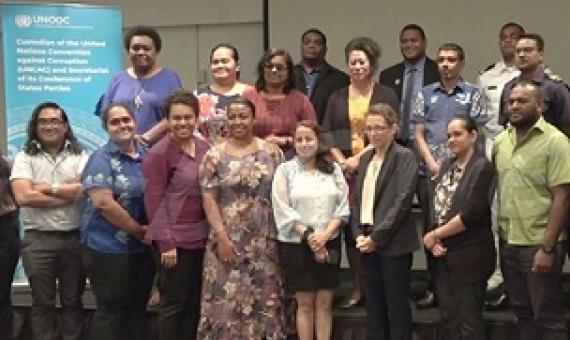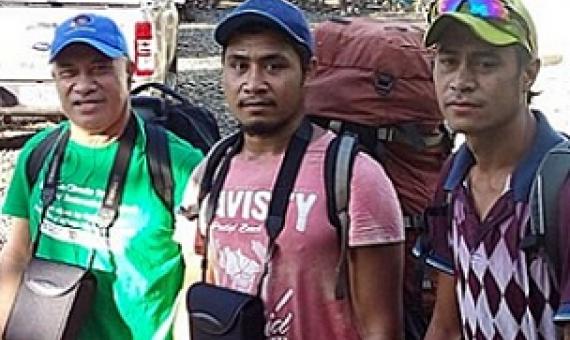Papua New Guinea has announced the establishment of two new marine protected areas (MPA) off the east coast of New Ireland Province. It covers 16,000 square kilometres, double the reserved marine area of what previously existed in PNG.
In a collaborative effort, the Division of Environment and Conservation, of the Ministry of Natural Resources and Environment (MNRE), united with the Secretariat of the Pacific Regional Environment Programme (SPREP) to successfully conclude the initial phase of the Terrestrial Biodive
Gaps and weaknesses in the global protected area network for safeguarding at-risk species
Protected areas are essential to biodiversity conservation. Creating new parks can protect larger populations and more species, yet strengthening existing parks, particularly those vulnerable to harmful human activities, is a critical but underappreciated step for safeguarding at-risk species. Here, we model the area of habitat that terrestrial mammals, amphibians, and birds have within park networks and their vulnerability to current downgrading, downsizing, or de-gazettement events and future land-use change.
The Hawksbill Sea turtle, or ngasech – in Palauan language, is an important turtle species in Palau, prized for its shell. Its shell has been money for Palauan women for centuries, but it has been listed as Critically Endangered by the IUCN since 1996.
Human activities are threatening the survival of many species. One way for communities, agencies and the government to stop the loss of biodiversity and rescue endangered species is through habitat protection.
Scientists often study the grim impacts of losing wildlife to hunting, habitat destruction and climate change.
For sharks living in the open ocean, longline fishing is the number-one threat, with an estimated 20 million pelagic sharks caught annually by fishers looking for tuna and other desired species.
More than half of species whose endangered status cannot be assessed due to a lack of data are predicted to face the risk of extinction, according to a machine-learning analysis published Thursday.
The trafficking of wildlife is becoming recognized as a specialized area of organized crime and a significant threat to the environment.
There have been more sightings of Samoa’s endangered national bird the manumea in two different sites of the Uafato rainforest on the east coast of Upolu. The sighting of the manumea (Didunculus strigirostris) and recording of their calls were made by two teams while doing field sur

